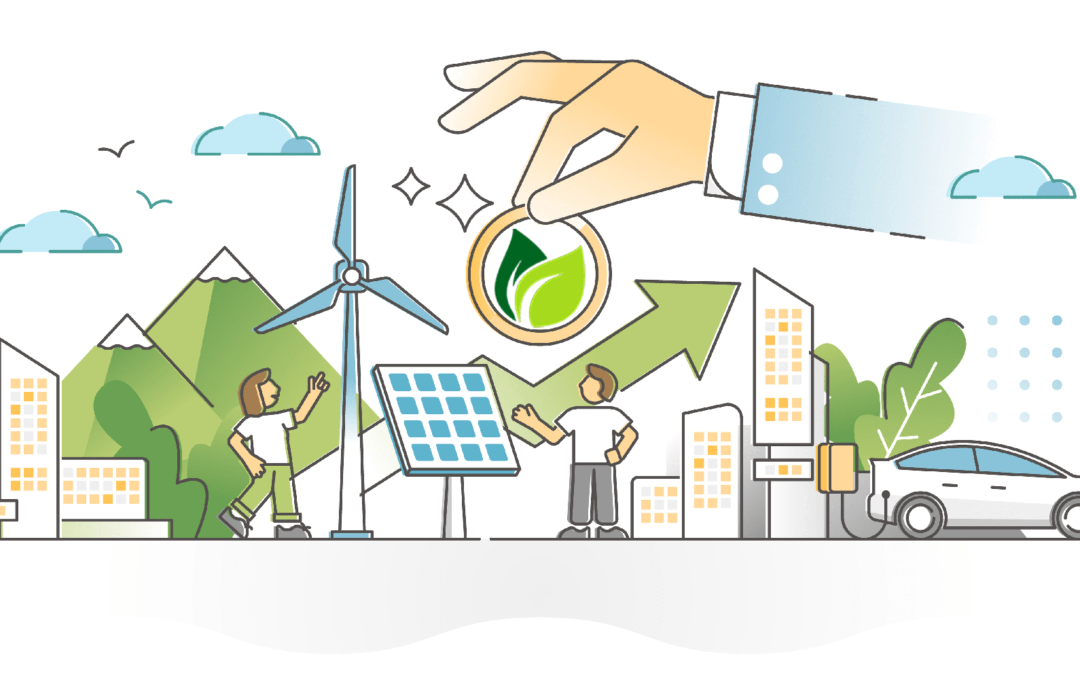Carbon Net Zero is high on the agenda for the majority of business’s today and achieving this goal will require a united change from all business’s, small or large. With energy being one of the major contributors to greenhouse gas emissions, it is critical that together we play our part in reducing the demand for energy to enable a transition to net zero.
Whether you are at the beginning of this journey or have already started to implement a plan, it may all seem a little daunting. However by putting the foundations in place to monitor energy usage and through implementing carbon initiatives, we can undertake the challenge of setting a plan for the next 30 years.
From insights and learnings of working closely with our customers and partners, we have learnt that although their approach may vary, what remains nearly consistent are the steps which are followed to plan out their carbon net zero initiatives. We would like to share these insights with you to help you plan out your own journey.
Step 1 – It starts with data
When it comes to Power & Gas consumption, you may believe that all your sites are smart metered (HH) but that does not mean you have good quality data (98-99% complete for all your sites).
In our experience, not only do you need good exception reports, automated exception management and easy ways to store and see the data, you also need a good relationship with your providers, and know who to call to work through missing data.
Don’t be daunted. With all providers now looking to support their customers on their net zero journey, this step can be easily managed. So with some good technology tools, and proactive management you’ll find your data sets in much better shape in no time at all.
The goal is to get them to 99% complete, so you have a firm foundation to build on. And once complete, you can then move onto Step 2…
Step 2 – Make the data meaningful
A school uses energy differently to a restaurant, or a manufacturer so it is important to group similar sites together and add additional key facts about that data (e.g open/close times, square feet/meters). These additional dimensions of data help you contrast and compare sites.
This will allow you to understand the data in a meaningful way which allows you to move to step 3…
Step 3 – Spot the outliers, and benchmark
You can also start to understand the benefit of moving outliers back to the norm, and what carbon savings your company could derive from any initiatives you start in Step 4.
It is worth considering not all outliers are real. For instance a school that uses more energy after it has closed may have an after school club providing valid reasons why the data could be different. So the data has to be combined with insights from the sites which help you understand the data. This provides a great opportunity to speak with on-site teams, and colleagues which help set you up for Step 4…..
Step 4 – Engage the company with carbon initiatives
The topic of behaviour change, and change programs is an important factor to consider as part of your carbon net zero initiative. The carbon and climate stakeholders includes everyone from the CFO/CEO who wishes to know about the strategic initiatives you are implementing, to the person on the shop floor who wants to know how they can play their part in carbon reduction.
The trick is to identify these change agents, promote their work (and your companies achievements and goals), and empower your teams to easily share information with their colleagues. We might be biased, but a cloud platform with unlimited users and energy information that can be displayed at different levels (carbon, consumption and cost) really helps here!
Step 5 – Plan for the future
Completing steps 1-4 will collate all of this information together and put you in a position where you can start to plan out what your internal initiatives can achieve (energy efficiency, waste reduction), and where you can look for larger opportunities like adding PPAs into your portfolio, on-site generation as well as electric vehicles.
We hope that by working through these 5 steps along with the right technology to support these initiatives, you can enable a smooth transition towards a carbon net zero future. Should you wish to find out further information about how we can support your journey, please contact Vanessa Adams at [email protected]

